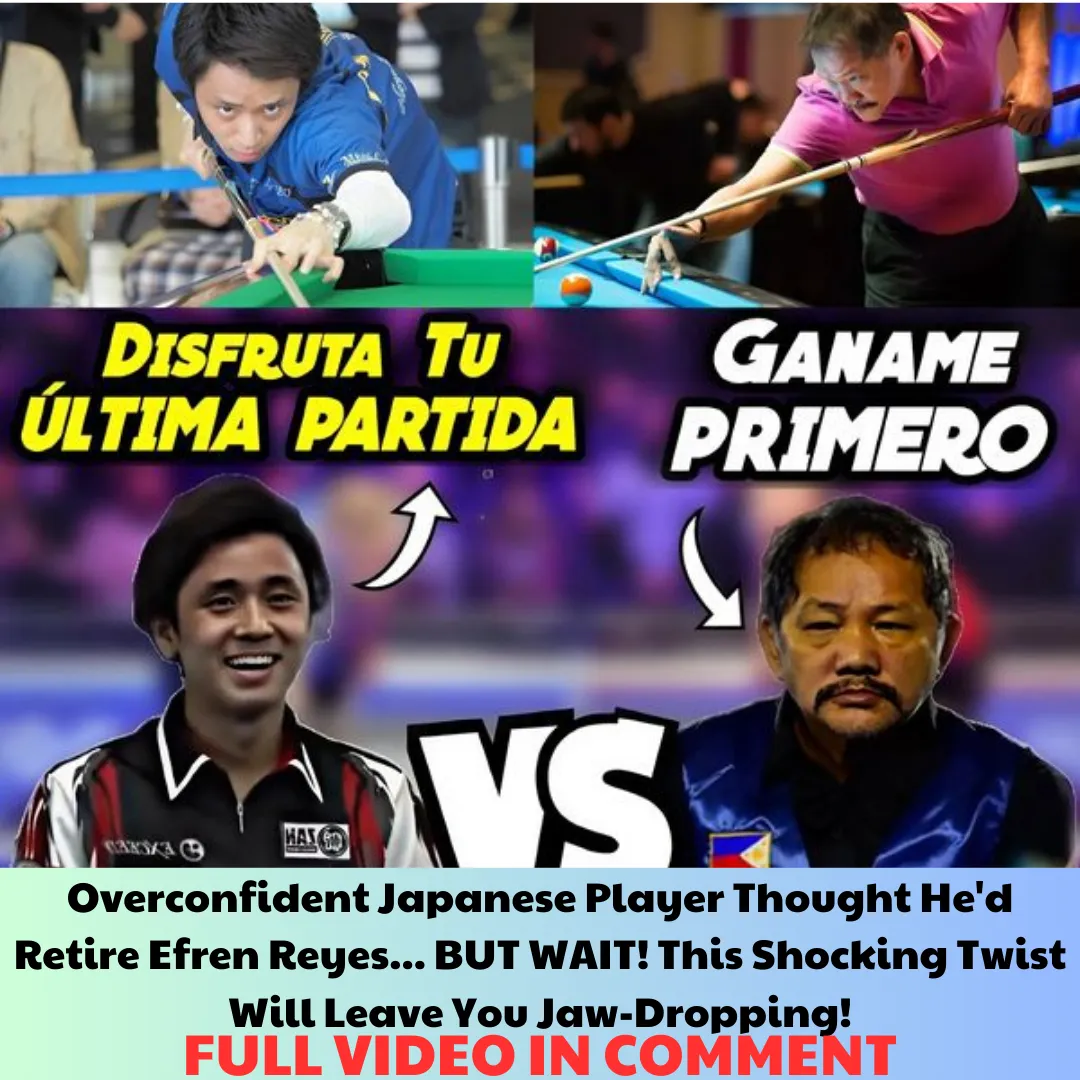In the world of professional snooker, few names resonate as powerfully as Ronnie O'Sullivan. Known for his unparalleled skill, rapid playing style, and charismatic presence, O'Sullivan has consistently dazzled fans and confounded opponents.
The phenomenon that sets him apart from his contemporaries is his ability to execute a "lightning attack"—a blitzkrieg of precision shots that leave his opponents reeling and spectators in awe.
This piece delves into the mechanics and impact of O'Sullivan's lightning attack, illustrating how it has solidified his status as one of the greatest snooker players of all time.
Ronnie O'Sullivan's journey into the world of snooker began at a tender age. Born in 1975 in Wordsley, England, he picked up his first cue at the age of seven. By the time he was a teenager, his prodigious talent was evident to anyone who watched him play.
O'Sullivan's early years were marked by a series of rapid successes, culminating in his first ranking title at the 1993 UK Championship when he was just 17 years old. This victory was a precursor to his unique playing style that would come to define his career.
VIDEO :
O'Sullivan's lightning attack is characterized by its speed and precision. Unlike many players who take their time to meticulously plan each shot, O'Sullivan moves around the table with a sense of urgency and confidence.
His quick thinking and reflexes allow him to see and execute shots that others might miss or hesitate to attempt. This aggressive approach puts immense psychological pressure on his opponents, who often struggle to keep up with the pace and rhythm of the game.
One of the most significant aspects of O'Sullivan's lightning attack is its psychological impact. Snooker is as much a mental game as it is a physical one, and O'Sullivan's rapid play often disrupts his opponents' concentration and game plan.
They find themselves unable to settle into a rhythm, constantly reacting to O'Sullivan's moves rather than proactively executing their own strategies. This mental strain can lead to unforced errors and missed opportunities, further tilting the match in O'Sullivan's favor.
Several matches stand out in showcasing the devastating effect of O'Sullivan's lightning attack. One such match is the 2014 Masters final against Mark Selby. O'Sullivan's aggressive and swift play left Selby struggling to keep pace, ultimately resulting in a 10-4 victory for O'Sullivan.
Another memorable instance was the 2008 World Championship, where he produced a mesmerizing display of rapid-fire snooker to defeat Ali Carter in the final with a score of 18-8.
The execution of O'Sullivan's lightning attack is not merely a byproduct of natural talent; it is also the result of rigorous training and meticulous refinement of technique. O'Sullivan's cue action is smooth and consistent, allowing for precise control over the cue ball.
His ability to quickly analyze the table layout and anticipate future shots is a testament to countless hours of practice and a deep understanding of the game.
O'Sullivan's fitness regime also plays a crucial role in his playing style. Maintaining peak physical condition ensures that he has the stamina to sustain his high-energy approach throughout lengthy matches.
His dedication to physical fitness is complemented by mental conditioning, including practices such as mindfulness and visualization, which help him remain focused and composed under pressure.
O'Sullivan's lightning attack has had a profound influence on the sport of snooker. It has raised the bar for what is considered possible in terms of speed and precision, inspiring a new generation of players to adopt a more aggressive and dynamic approach.
His style has also attracted a broader audience to snooker, including younger fans who are drawn to the excitement and unpredictability of his matches.
While O'Sullivan's lightning attack has garnered widespread admiration, it has not been without its critics. Some purists argue that his rapid play undermines the traditional, more measured approach to snooker.
There have also been instances where O'Sullivan's temperament and outspoken nature have sparked controversies, leading to debates about sportsmanship and professionalism. However, these criticisms have done little to diminish his popularity or his impact on the game.
As O'Sullivan's career progresses, his legacy as a snooker legend becomes increasingly secure. His lightning attack is a hallmark of his playing style, and it has contributed significantly to his numerous titles and records.
Beyond the accolades, O'Sullivan's influence on the sport is evident in the way he has redefined the boundaries of what is possible on the snooker table. His approach continues to challenge and inspire, ensuring that his impact will be felt for generations to come.
Ronnie O'Sullivan's lightning attack is more than just a playing style; it is a phenomenon that encapsulates his genius and his contribution to the sport of snooker. Through a combination of speed, precision, and psychological acumen, O'Sullivan has left an indelible mark on the game.
His ability to leave opponents in the dust is a testament to his unparalleled skill and his relentless pursuit of excellence. As fans and fellow players continue to marvel at his performances, O'Sullivan's legacy as the master of the lightning attack remains firmly entrenched in the annals of snooker history.




